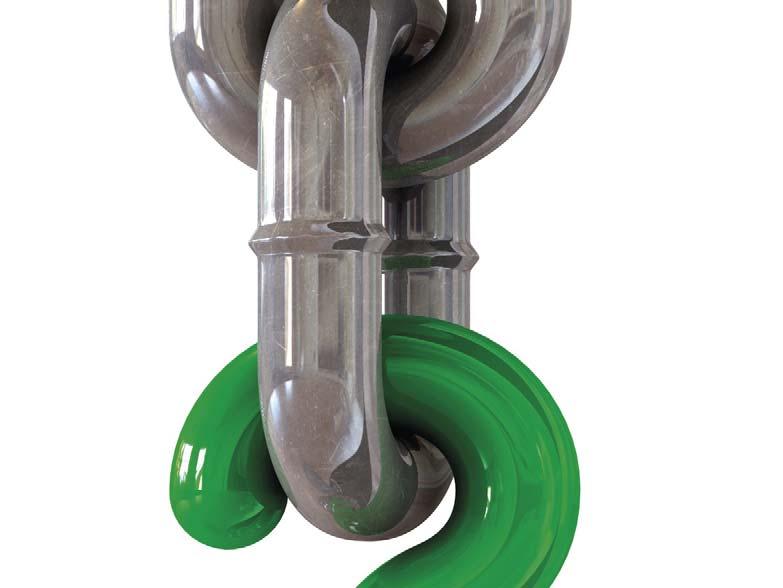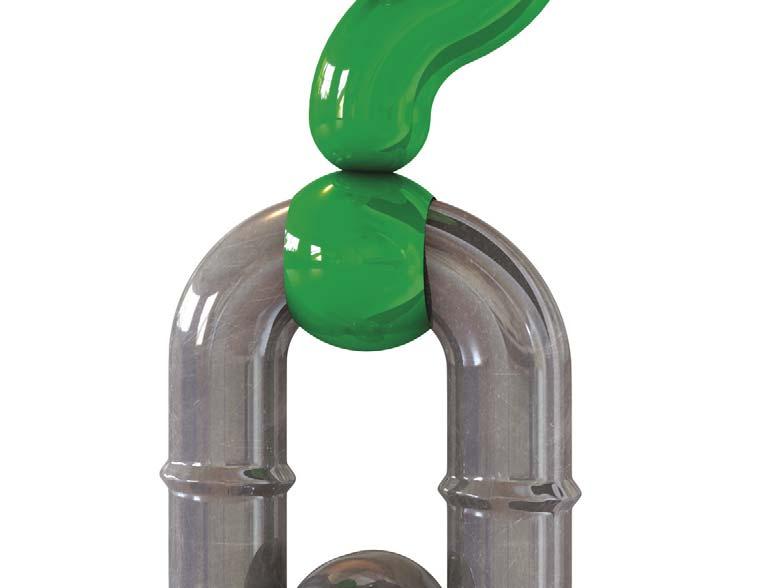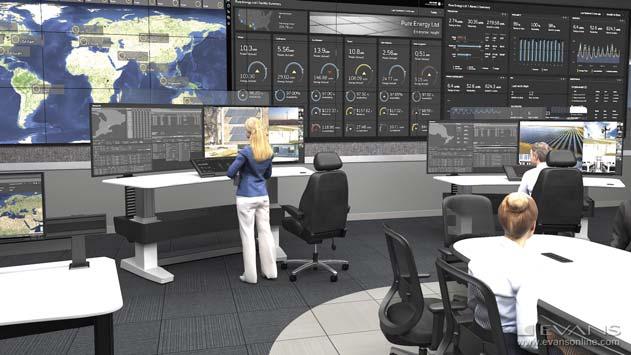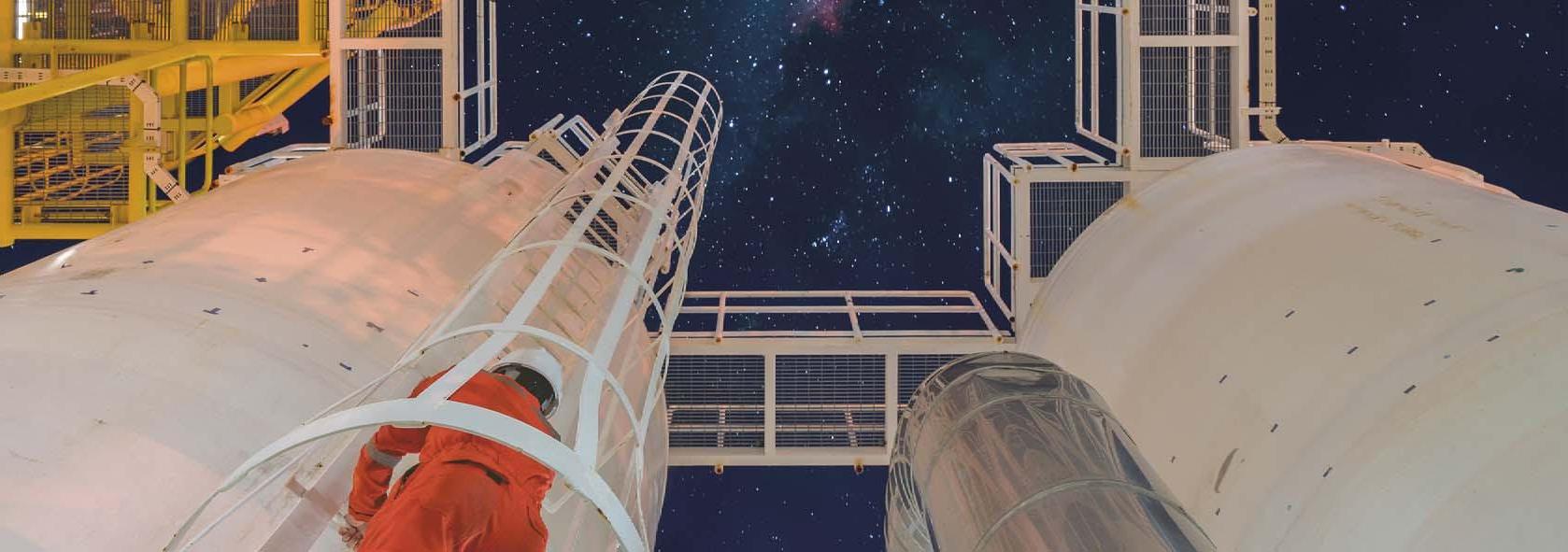
8 minute read
The missing link
THE MISSING

Manas Dutta, Honeywell Process Solutions (HPS), India, examines objective operator improvements with machine learning and advanced analytics.


Operator actions are the neglected determinant of plant performance. While advanced process control and asset health monitoring have applied modern technology to the plant and process, people’s performance management remains largely subjective. Tying operator actions to process outcomes is the key to more intelligent, effi cient and reliable operations.
The opportunities to pursue increased reliability, effi ciency, safety and resilience in continuous industrial processes have rarely been greater.
The connectivity of the Industrial Internet of Things (IIoT) has unlocked access to almost unlimited data from equipment and processes. The scalability of the cloud, meanwhile, provides the storage and processing capability to use it, and advanced analytics has enabled industrial operators to turn it into actionable intelligence.
Developments have dramatically enhanced solutions for monitoring both assets and processes. Real-time equipment monitoring and predictive maintenance help prevent asset failures, equipment damage, poor


Figure 1. Control room capability and design concept for enhanced collaboration and safety.
performance and downtime. It can boost utilisation, cut maintenance costs and improve operating effi ciency.
Advanced process control is used to maximise production, minimise energy costs, and maintain performance over the long-term – while bringing many of the same benefi ts in terms of equipment life and reliability.
While the technology is increasingly leveraged to monitor and drive improvement in equipment and processes, the operator’s role has been largely neglected. The data for the plant and the process is mined, only for the people to be forgotten about. The third leg of the stool is missing.
This oversight is diffi cult to understand given the importance that the operator’s competency and performance play in achieving the goals of reliability, resilience, safety and effi ciency.
According to research from the Abnormal Situations Management (ASM) Consortium, 40% of abnormal situation losses are directly caused by individuals. Insuffi cient knowledge, operator errors and maintenance work mistakes are three of the key contributors. Another 40% are due to equipment failure, a major cause of which is operating equipment outside of the normal range, again attributable to operator competency.
Moreover, the challenges for developing and maintaining operator expertise are only growing. In the energy industry, over 70% of the workforce is over 50 years old. A generation is retiring and taking decades of knowledge and experience with them. Elsewhere, naturalisation programmes and policies require industries to rapidly develop skills and expertise within the local workforce.
Subjective and arbitrary
Of course, training is not neglected. Plants have rigorous programmes and new technology is playing an increasing role in its implementation to make it more effective. Operator training simulation has long been a critical tool in most process industries, involving augmented and virtual reality and extending similar principles to workers in the fi eld.
Technology has also been used to help operators in their role and has brought signifi cant benefi ts. Alarm management and display design solutions building on the ASM Consortium principles have delivered improvements in event detection and problem resolution, making operations safer.
However, implementation of operator training remains either arbitrary, delivered uniformly across the workforce, or subjective, with supervisors assessing when and what intervention is needed for each operator.
Objective analysis of operator actions and human error that lead to failures, losses or unplanned downtime does occur but usually only after a major incident or issue. The many small, everyday incidences of sub-optimal operator performance that impact quality, yield or effi ciency go largely unaddressed. Over time, these losses accumulate and will signifi cantly drain the plant’s performance.
It is tolerated because it is undetected. Plants cannot manage what they cannot measure, and there is little objective measurement of operator performance and improvement opportunities. This is despite the wealth of data on operator actions that plants capture and historise as a matter of course. The challenge is three-fold: Linking and correlating data on operator actions with unit performance and process outcomes. Turning these correlations into contextual and actionable recommendations. Applying both to the actual and evolving context of individual plants.
The last of these is particularly critical and explains why traditional analytics is insuffi cient: fi rst, even among those running similar processes, the precise equipment, feedstocks, running status, condition and other factors will vary. They will also change over time. Consequently, it is not possible to simply apply a single algorithm to every plant or even the same plant at different times. Put more directly, it is not possible to programme the optimal actions against which to evaluate operators’ performance because they are unkown. These diffi culties, however, can be overcome.
Filling the gap
Honeywell’s Operator Advisor tool from its Experion® Highly Augmented Lookahead Operations (HALO) suite addresses this challenge using advanced analytics and machine learning. Applying these to individual plant data, it can provide real-time insights and contextual, actionable recommendations for operations teams.
It enables plants to identify the correlations between operator actions and unit performance, as well as the opportunities for improvement. Based on real-world data, it provides the objective measures to assess competency gaps and focus training that plants currently lack. In pinpointing what operator actions lead to the desired results, it gives a benchmark for optimal operations which training can target. In short, plants can work to move every operator towards the level of the best operator.
The solution draws on a minimum of one year and up to three years of historical plant data, assessing both operator actions and process data. In particular, it looks at yields, energy consumption and quality key performance indicators (KPIs), and advanced analytics draws out the correlations between these and the operator actions.
Crucially, it also includes machine learning, ensuring that – as changes to the plant, feedstock and conditions occur over time – it continually adapts, adjusting the benchmark for optimal operations to remain relevant.
Finally, as well as a set of calculated metrics, HALO uses these to provide recommendations for improvement. It delivers a consolidated scorecard of automation (control and safety systems) utilisation effectiveness with suggestions for improvements.
Visualisations enable the entire plant hierarchy to be viewed with a detailed status of each area or unit. Deviations from optimum production are clearly identifi ed, along with recommendations to address them. It also provides insights on operator workload during shift operations to improve operator productivity and address issues likely to lead to lower performance.
The digital journey
Taking an objective, data-driven approach to operator performance should enable process industries to move to the next level of plant performance.
Identifying successful teams, skills gaps and troublesome tasks, plants can focus training on the groups, shifts, individuals and areas where it will bring the most value. With machine learning and analytics benchmarking optimal operations, they also capture the knowledge of experienced, high performing operators.
This approach increases training effi ciency and reduces training time, enabling plants to move trainee operators safely onto independent operation more quickly.
Honeywell Process Solutions estimates that this approach can eliminate 75% of abnormal events and human errors. It will also reduce operational costs by optimising operator productivity and boost equipment reliability, substantially cutting maintenance costs. Timely insights and recommendations for operating teams enable them to achieve higher throughput, lower production losses, and better automation and equipment utilisation.
Finally, it helps move plants towards meeting what are, for many, two increasingly critical strategic objectives. The fi rst is resilience, moving beyond simply ensuring safe processes to equipping plants to rapidly identify, prevent or, if necessary, address and recover from any disruption to operations. Skilled operators will be critical to achieving this goal.
The second strategic objective that a modern approach to operator training moves towards is, counter-intuitively perhaps, autonomous operations. The ability to identify correlations between operator actions and outcomes and continually update these to take account of the changing process and equipment environment is an essential step in that journey.
Of course, the operator’s role remains critical now and will for the foreseeable future. However, we can fi nally apply the same principles of asset monitoring technologies that tackle variability in process and equipment performance to operator variability. If this does not move us to fully autonomous operations, it does progress plants from merely optimised operations to intelligent operations. This will be an essential step in their journey.


A Better Perspective
on Hydroprocessing Solutions



The challenges of today’s refining industry—from rising environmental standards to getting more out of low value feeds—aren’t easy.
ART Hydroprocessing combines world-class R&D with deep, practical refinery operating expertise from Chevron and Grace to improve run lengths, product quality, and yields. And, we partner with the industry’s leading licensor, CLG, to provide a spectrum of solutions that deliver results.
Most importantly, we listen and collaborate with you to optimize your hydroprocessing unit as feeds and conditions change. And that translates into more profitable operations.
If you’re looking for top technical support and a better perspective, let’s talk. Soon.










